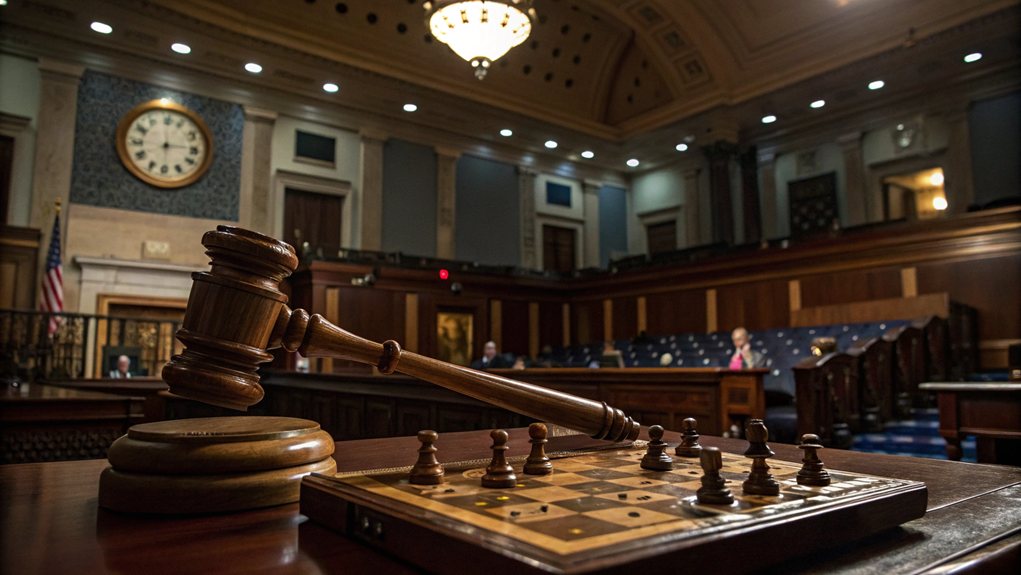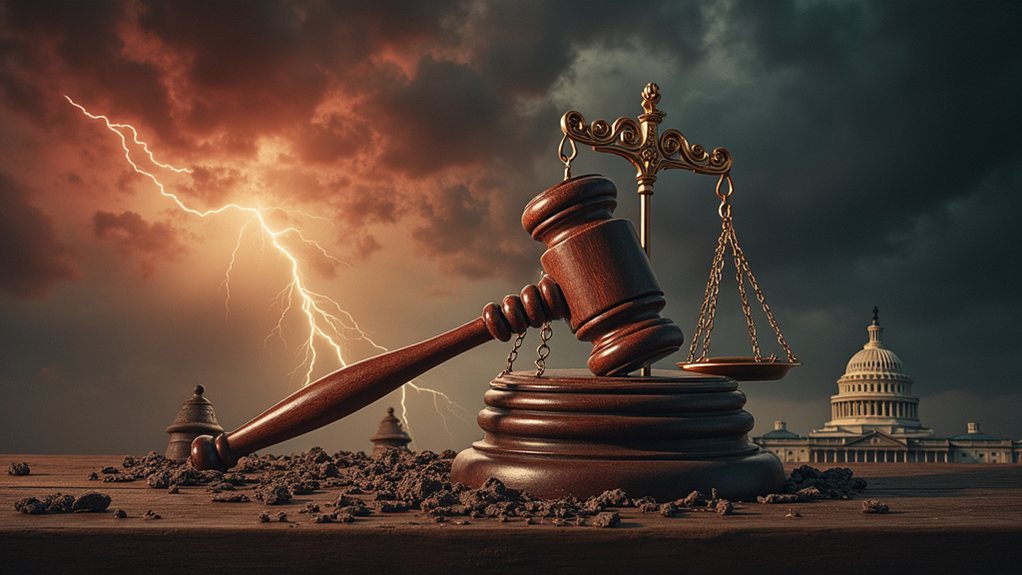A bill's journey to law in the U.S. kicks off with an idea—brilliant or bizarre. It gets sponsored, assigned to committees, and may undergo serious dissection. After that, it faces floor debate and gets beat up by amendments. If it survives, it hops to the other chamber and enters a conference committee if necessary. Finally, it's handed to the President, who can sign it or toss it aside with a veto. Curious about the details? Keep exploring.

In the bustling halls of Congress, a bill's journey begins, often sparked by a bright idea—or maybe just a good argument over coffee. It all starts with a member of Congress, someone who's either bored or passionate enough to sponsor a bill. These brilliant ideas can come from anywhere: citizens, advocacy groups, or even a congressperson brainstorming over lunch. Once the idea is born, it gets a title and a prefix; "H.R." for the House, "S." for the Senate. Grab your popcorn, because this is where the fun begins.
In Congress, a bill's adventure kicks off with a spark—an idea, a debate, or maybe just a coffee-fueled brainstorm.
Next, the bill is introduced in the chamber by its sponsor, and it's off to committee assignment. Bills don't just wander aimlessly; they're sent to committees based on their subject matter, where they're dissected like frogs in biology class. Standing committees and subcommittees handle this task. They hold hearings, make changes, or—even more thrilling—table the bill. Yes, that's a real term in Congress. The committee must then vote to report the bill to the full chamber. Talk about pressure! [The bill is referred to committees immediately after introduction, ensuring a structured review process. This allows Congress to review proposed legislation effectively.]
Once the committee gives the green light, the bill goes to the floor for debate. Here's where members can propose amendments, adding their two cents and possibly derailing the whole thing. Voting happens next, and surprise! It takes a simple majority to pass. If successful, the bill hops over to the other chamber, like a game of legislative hopscotch.
When it reaches the other chamber, it might face a different version of itself. Cue the conference committee, which reconciles these differences. They whip up a conference report, and both chambers have to give it a thumbs up.
If they do, it's off to the President's desk. He can sign it, veto it, or just ignore it for ten days. If Congress is lucky, it becomes law. If not, well, there's always next time.
Frequently Asked Questions
What Role Do Lobbyists Play in the Legislative Process?
Lobbyists are like the behind-the-scenes puppeteers of the legislative world. They schmooze with lawmakers, provide info, and sometimes even draft speeches.
With a staggering $4.4 billion spent in 2024, they're not just a small fry. Relationships matter. The more they know each other, the more influence they wield.
Sure, they help fill knowledge gaps, but let's not kid ourselves—often, it's about who's got the deepest pockets. Politics, right?
How Can Citizens Influence a Bill's Progress?
Citizens can totally shake things up when it comes to a bill's progress. They can petition, contact their reps, or even crash public hearings.
It's like a democracy buffet, and everyone's invited! Joining interest groups? Smart move. Lobbying? Yep, that too.
And don't forget social media; it's a game changer. Basically, if people want their voices heard, they've got plenty of tools to stir the legislative pot.
It's messy but necessary.
What Happens if a President Vetoes a Bill?
When a president vetoes a bill, it's like throwing a big ol' wrench into the legislative machine.
The bill gets sent back to Congress with a "thanks, but no thanks" note. Congress can try to override that veto, but good luck with that—two-thirds of both chambers need to agree.
Spoiler alert: it rarely happens. So, the bill can gather dust or be reworked, while the drama unfolds.
Politics, folks!
Can a Bill Be Changed After Passing One Chamber?
Absolutely, a bill can totally change after it passes one chamber.
It's like a makeover show—once it moves to the other chamber, it can get a fresh look through amendments and committee tweaks.
They can even hold conference committees to hash out differences.
So, it's not just a one-and-done deal. The journey is messy, and the bill might end up looking nothing like it did originally.
Fun, right?
How Long Does the Entire Legislative Process Usually Take?
The entire legislative process? It's a marathon, not a sprint.
On average, it can take several months to a few years. Yep, years. Bills meander through committees, debates, and votes, often getting stuck in bureaucratic quicksand.
Sometimes, they're just chilling in committee, waiting for a miracle.
And then there's the President, who can hit pause with a veto.
It's a slow grind, folks. Patience is key—unless you're in a hurry. Good luck with that!








